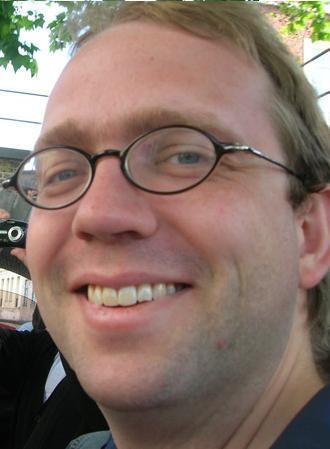John Benjamin Cassel, M.Des., B.Sc.
John Benjamin Cassel, M.Des., B.Sc. is an R&D Consultant at Wolfram|Alpha LLC.
John is a machine-learning and design research practitioner interested in real-time discovery and planning problems involving severe risks with uncertain mitigation.
His current research problems include:
Eliciting causal impacts: How does even one appropriately elicit scenarios for governing risky situations with multiple stakeholders, when the participants potentially have all kinds of differences in their worldview? A related question is how does one represent and display the conflicting accounts emerging from the testimony of multiple stakeholders?
Rendering causal impacts, emerging changing behavior: How do you aggregate nearly insignificant small-scale individual choices into long-term, large-scale, high-impact behaviors in a way that’s useful for making situational decisions? For example, how do you map a particular purchase as an exemplar of larger-scale trajectories of materials, energy, and waste? As another example, how do you map a given meal choice on to the nutrition and fitness of a region? And how do you render that information in a manner that makes it immediately useful?
Emerging cradle-to-cradle: One interesting special case of this is the emerging cradle-to-cradle problem. What’s the minimum amount of information one needs to capture to make emergent cradle-to-cradle behavior feasible? Cradle-to-cradle issues interest John quite a bit, because of the temporal effect on values: no matter the social values a given society might determine is appropriate, using up a resource thermodynamically will affect future societies with different social arrangement. This leads to some frighteningly easy decision-theoretic planning perspective: non-discounted marginal loss spikes to infinity.
Making causal information “portable”: Even beyond representing causal information in the first place, there are some challenges in making it “portable”. Everyone knows there are active volcanos in Iceland, yet nobody can be practically expected to use that information to assist their business travel planning. How do you pull in what you already “know”? Also, how does one assemble this common knowledge? Can it be mined from text?
Design from the perspective of statistical processes: How do you know when your understanding of potential causal forces is complete enough? John thinks that design and ethnography teach us to look further than we otherwise might (to bias exploration), and there could be interesting discoveries in how design works from a statistical perspective (similar to recent work in cognitive developmental psychology and the psychology of science). Further, he suspects this kind of analysis may have some interesting things to say about the validation of foresight work. In particular, he hopes that there will be something to the approach of looking at priors over structures (in the style of Josh Tenenbaum’s research).
Making design and diagrams “portable”: John thinks of design as being very project-driven: you try a bunch of things, you finish one of them to completion, and then you take whatever you learn, but the models that you often build end up in the trash. In machine learning, there’s a problem called “transfer learning”, where you ask given that you know one kind of statistics, what can you infer about a different relationship. There’s possibly a design analog, where after you’ve illustrated one set of relationships, how do you (or somebody else) recover those connections for a different project?
Materialist foundations for ontology: What would a computational implementation of a materialist ontology (i.e. Manuel DeLanda’s work) look like?
John earned his B.Sc. in Computer Science with Honors at the University of Illinois. He earned his M.Des. in Strategic Foresight and Innovation at OCAD University with the thesis of Addressing Risk Governance Deficits through Scenario Modeling Practices.
Read Scenarios as a Site for Stigmergic Commons. Follow his X feed. Read his LinkedIn profile.
